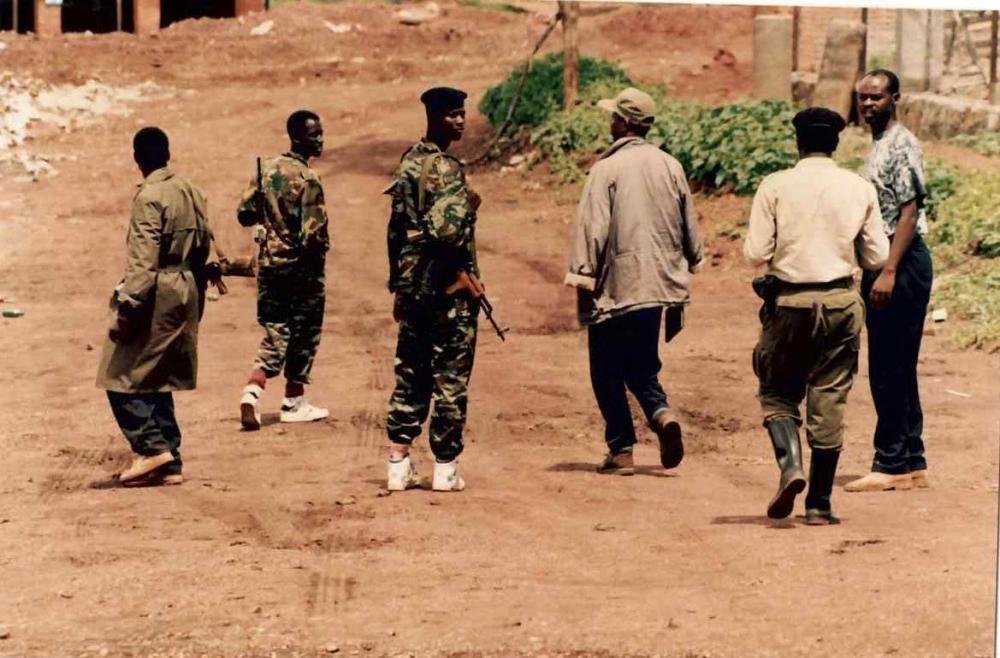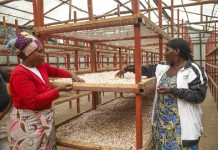Peter Ruti
Africa-Press – Rwanda. In this episode, we realised in the last piece how, in 1993, proper negotiations started immediately after the Prime Minister Dismad Nsengiyaremye accepted the essential demands of RPF/RPA. President Habyarimana and his MRND party were not of the same view; they opposed it. CDR party maintained its position of refusing to negotiate with RPF. The Prime Minister himself led a delegation to the resumption of the Arusha negotiations. We shall see what transpired as we progress in this serialised narrative about Rwandan history.
After the February 8, 1993, attack on Kinihira and subsequent concerns over the renewed hostilities, the RPA withdrew to its former positions on March 20, leaving a demilitarised zone (DMZ) between it and the positions of the Rwandan army (FAR). In Arusha, the parties to the negotiations decided to hasten the process of re-establishing the demilitarised zone in April 1993. Real negotiations on the resettlement of displaced persons took place in Kinihira from May 10, in the presence of observers. There were some ambassadors, representatives of UN Agencies and countries in the sub-region. They were very cautious on the sensitive issues of administration and security.
Under the terms of the Kinihira accords signed on May 30, local administration in the DMZ was to be handled by cell and sector authorities, mayors and assistant governors (sous-prefets). Cell and sector authorities were directly elected by the population. In turn, they participated in the election of mayors but were not eligible for election. The governors of Kinihira, which was made up of 11 districts out of 17 in Byumba Prefecture, and Kirambo, which covered almost half of the districts of Ruhengeri Province, were to be appointed by the government and RPF. They were to be directly answerable to the Ministry of Internal Affairs. They would be responsible to the ministry and not to the Prefects of Byumba and Ruhengeri.
The displaced persons had to be resettled a month after signing the accord. 650,000 people were expected in the DMZ to retrieve their property. An ad hoc commission composed of 20 people (10 representatives for the government and 10 from RPF) in each sub-province was charged with resettling the displaced persons. That commission was chaired by Laurent Nyirabanzi, who was a government representative. The Vice Chairman, Silvestre Barinda and the Secretary General, Paul Semajara were from RPF.
Among the problems that the commission faced included the large size of the region, limited means of transport (there was only one vehicle available) and the physical inconvenience of living in Kinihira. The commission became operational from June 23, 1993, and served only one part of Byumba Prefecture. A few days after the Kinihira Accords, 80 per cent of the displaced population in Byumba returned to their homes. However, government agents kept discouraging the displaced persons who wanted to return home in the zone controlled by RPF.
The elections that were planned and organised through several meetings of the ad hoc commission took place peacefully in Byumba. However, there were many conflicts in some parts of Ruhengeri, in the districts of Kinigi, Kidaho and Nkumba. The minister of internal affairs suspended elections in these districts in November 1993, after conflicts between sympathizers of MRND and RPF.
However, the buffer zone was not spared by the violence that was rampant in the country. On the night of November 17-18, 1993, massacres were committed in Kidaho, Nkumba and Nyamutera districts. The government gave a figure of four deaths and several injuries. But an investigation commissioned by General Romeo Dallaire, commander of the UNAMIR, estimated at least 21 deaths.
The Minister of Defence and the priests of Ruhengeri Diocese (under the association known as Fratres in Unum) blamed RPF for the massacres. RPF Chairman Paul Kagame, now President of the Republic, refuted that version on BBC, denying any attack by his troops in those regions. He suspected FAR for the attacks and requested for a UN inquiry. In its final report, the UNAMIR was not able to say who between the FAR and RPF was responsible for the November 17-18 killings.
Source: The New Times
For More News And Analysis About Rwanda Follow Africa-Press






